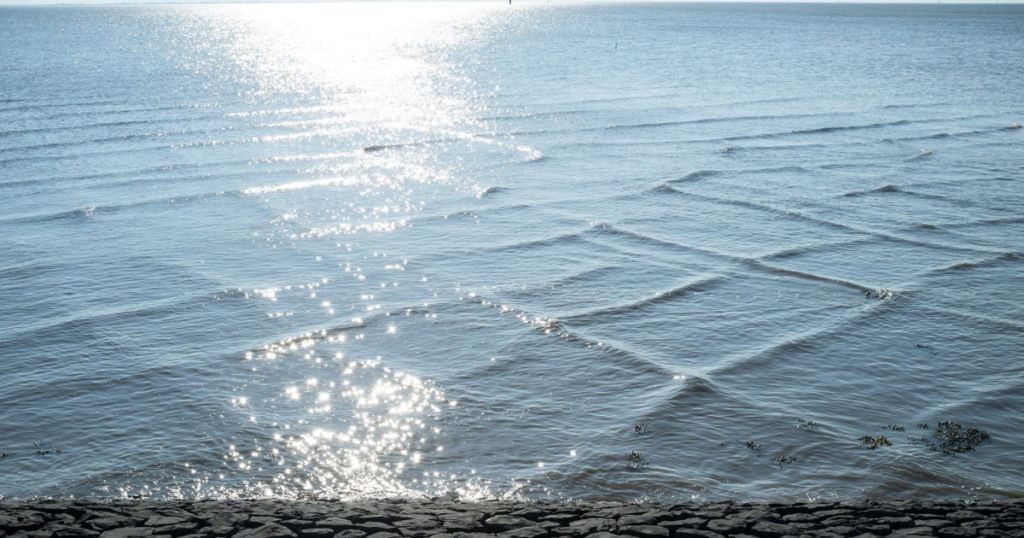Everybody enjoys spending their summers swimming in the ocean and having a good time. That’s the exact reason why the majority of beaches are crowded, especially at that time of year.
However, it’s crucial to maintain our sense of smell and touch while near water. One mistake has the potential to be quite deadly. As it is, we are well aware of rip currents and conventionally changing tides; however, one must be mindful of the risks associated with square waves.
Although it has a very beautiful and captivating appearance, it is also among the most dangerous things that can be found in an ocean or other body of water.
In case you’re wondering, a square wave, also called a cross sea, happens when two or more swells combine to form a square shape that frequently has a checkerboard appearance.

As explained by the ESA or the European Space Agency back in 2010, “The conditions are quite common in the ocean and occur when a windsea, and a swell, or two swell systems, coexist.” A study conducted in 2004 also showed, “a large percentage of ship accidents occurred in crossing sea states.”
The cross seas ultimately result in the formation of swells that can reach a height of ten feet and produce distinctive wind patterns. This makes it more challenging for swimmers and boaters to navigate the seas.
Therefore, even though it is extremely uncommon, if someone does find this, they would have to avoid swimming in the extremely dangerous waters or even using a boat to go out. Instead, one should use this time to unwind on the beach while they wait for better weather to go outside.
Square Waves May Be Attractive, But They Are Also Dangerous
Square waves are found in a few locations. These are typically found at the tip of a land where two oceans or large bodies of water converge. A square wave forms as a result of the swells coming at different angles and frequently refracting around the entire peninsula. The French Island of Re is one example. Situated slightly off the French coast of La Rochelle, the island is among the most popular spots to see crossed sea waves.
Cape Reinga in New Zealand is another coastal location where one can witness these kinds of waves. It is located where the Tasman Sea and the Pacific Ocean converge, at the very northern tip of the nation.
Square waves have a breathtaking appearance. It is therefore not surprising that these locations are popular tourist destinations that draw thousands of visitors to the island’s lighthouses, particularly those on the Isle of Re. But one must observe it from a secure distance. Though it seems strange to think that waves that cross at different angles would attract so many people, how many of us have actually witnessed square waves in action?
Remarkably, in shallow waters, like those off the Isle of Rhe and off Tel Aviv, Israel, it is common to see two opposing swells. Square waves are thought to be an illustration of the Kadomstev-Petviashvili equation in action by scientists. Usually, a nonlinear wave motion is described by the formula.
It frequently serves as an explanation for how various weather systems interact with one another.